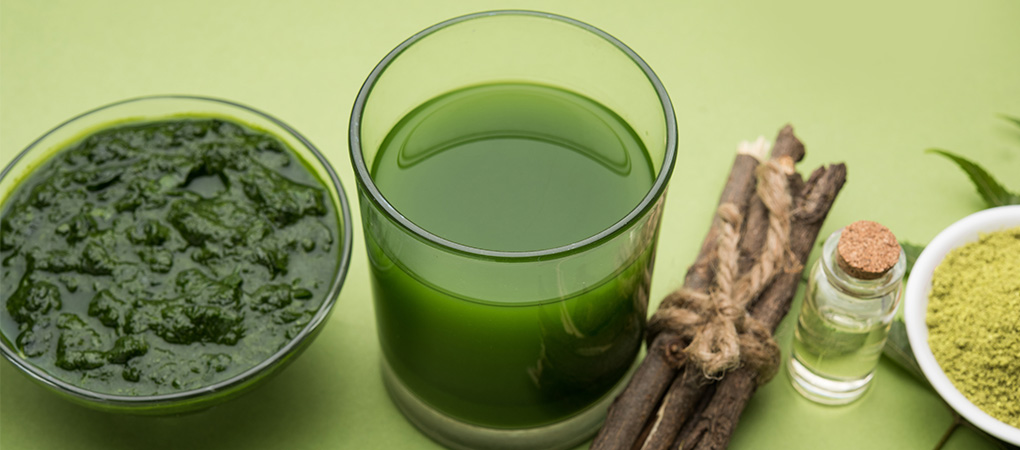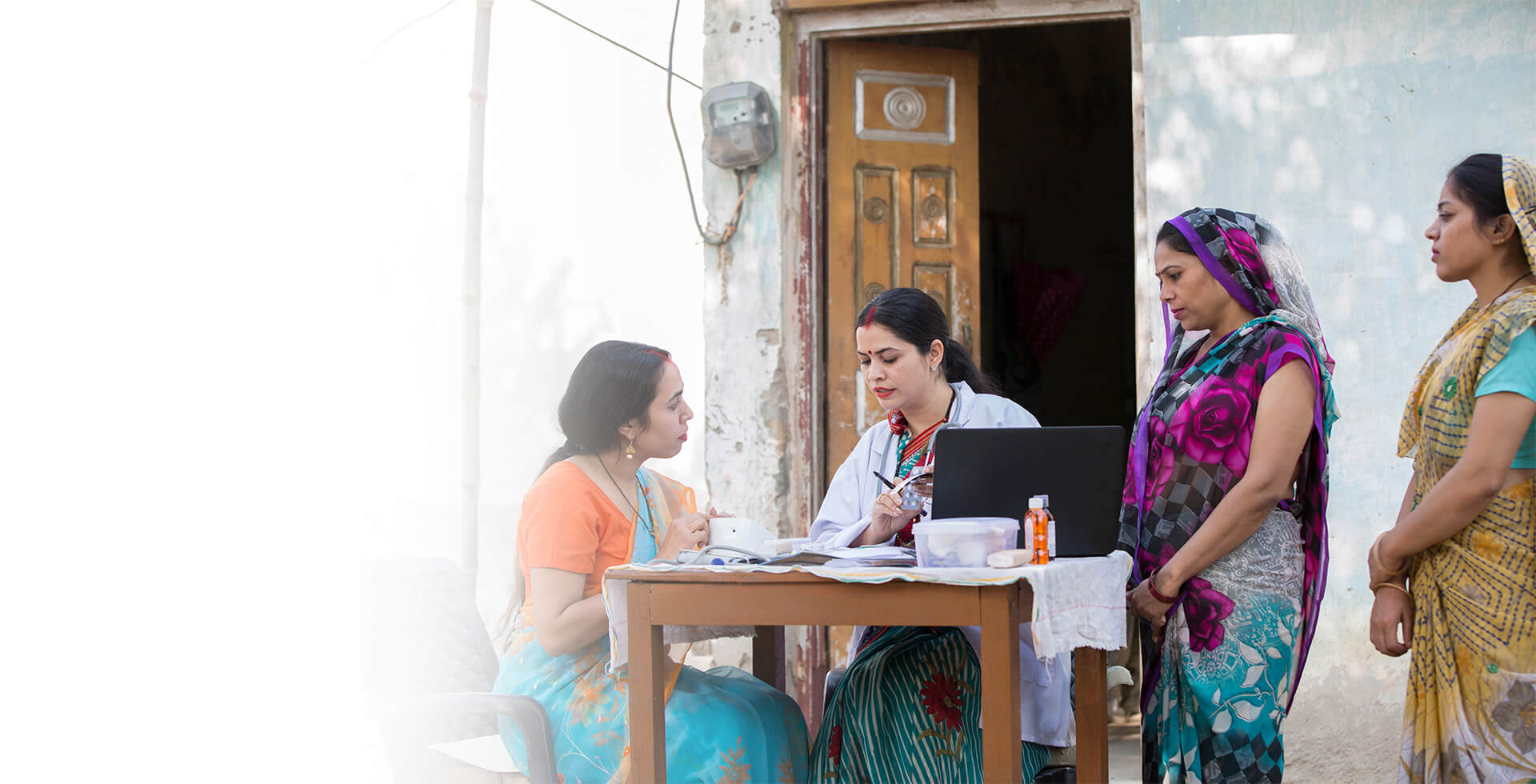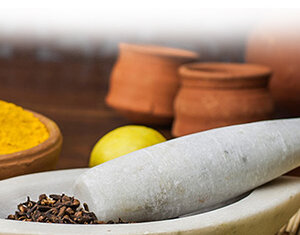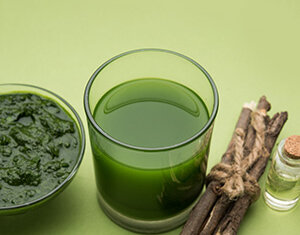Blog
What is Vata Dosha?
Doshas

The word Vata means to blow or to move like the wind. Containing the elements like air and space, Vata manages all the movements in the mind and body. It controls blood flow, evacuation of wastes, breathing and the movement of thoughts across the brain. Vata is dry, cold, light, moving, changeable, subtle, rough and quick.
Since Pitta dosha and Kapha dosha can't move without it, Vata is viewed as the pioneer of the three Ayurvedic Body Types . It is very essential to keep Vata in good balance.
Vata Dosha Characteristics
Vata dosha is best understood by its segment parts, its subdoshas, which are the five types of vata or five types of movement. Each subdosha explains a direction of movement and controls specific actions in the body. The five subdoshas are:
- PranaVayu
- SamanaVayu
- VyanaVayu
- UdanaVayu
- ApanaVayu
PranaVayu: (Forward-moving air)
Primary air or nervous force, reaches out from the stomach to the throat, focused in the cerebrum, administering inhaling and swallowing, and also sneezing, spitting and belching; it is accountable for taking things like food, water and air into the framework. It controls the senses, brain, heart and consciousness. It is our segment of cosmic life energy and coordinates the otherVatas in the body. It decides our motivation or positive spirit in life and connects us with ourinnerself. The term 'Prana' is likewise utilized as a part of a more extensive sense to demonstrate Vata in general, as all Vatasderive from it.
SamanaVayu: (Equalizing air)
Extends from the stomach to the navel, centered in the small intestine and the nervous system behind the digestive framework. It is responsible for digestion and assimilation, and helps keep Prana and Apana balanced. Samana vats keeps equilibrium and balance in all the bodily frameworks.
VyanaVayu: (Pervasive air)
Pervades the whole body from its seat in the heart, dissemination of nourishment by making blood and different liquids to circulate, and producing locomotion, extension and contraction, perspiration and other such actions (discharge of impulses and secretions)
UdanaVayu: (Upward moving air)
Extends from the throat to the highest point of the head, situated in the chest and centered in the throat, it controls exhalation and speech, endeavour, enthusiasm, memory, energy, complexion (one of the body's methods for communicating its inborn condition of wellbeing). Udana decides our desires in life. At death it ascends from the body and guides us towards different unpretentious universes as indicated by the energy of our will and the karma that travel through it. At the point when completely created it gives us the ability to rise above the external world, as well as mystic powers. The practice of Yoga is involved principally with developing Udana.
ApanaVayu: (Downward moving air)
Extending from the navel to the anus, centered in the colon. It is responsible for elimination, urination, menstruation, parturition and sexual activities. Apana, the descending air,carries life-force down and brings about the devolution or limitation of consciousness. Apana backs and controls all the other forms of Vata, and disturbances of it are the basis of most Vata issues (as the colon is Vata's primary seat). As a downward moving force, when it is exasperated it causes decay and disintegration. Thus, the treatment of Apana is the primary consideration in the treatment of Vata.
How to Balance Vata Dosha
1. Stay warm and stay calm:
When you are relaxed, you likewise feel cheerful and well. It helps to have a warm, comfortable place to be, a warm bed, and a hot water shower. Ayurveda additionally prescribes applying oil and massaging the body as the most ideal approach to balance Vata. You can have a conventional Ayurvedic body massage, called Abhyanga, or you can do a self-massage. Following that, different steam and heat treatments help to balance Vata. You can utilize electric warming pads, hot stones, or a steam chamber. During ancient days, they would heat a big stone, and a man would lie down on the stone, which would take away the abundant Vata. So various types of steam and heat treatments are prescribed to the various type of Vataimbalace.
2. Nourish Yourself:
One of the major factors that influence Vata is food. Cold food, frozen food, large beans, dried food and foods with bitter, astringent, and pungent flavours aggravate Vata. However, consuming sweet, sour, salty flavours with sweet, oily and rich foods can help balance Vata. Food with heating affect balances Vata, while food that is cold and frozen disturbs the balance. Therefore, it is essential to understand how various types of food will affect your constitution.
3. Find stability through Meditation:
Meditation helps balance and calm Vata along with the massages, various steams and heat treatments. With these life supporting habits, more or less, Vata can be balanced and the small aches and pains in the body disappear. These positive actions helps balance Vata.
The physical makeup is divided into seven substances: blood, muscular tissue, fat tissue, bones, bone marrow, lymph, and the reproductive fluids. Once we know which part is out of balance, then it is easy to balance the affected area.










